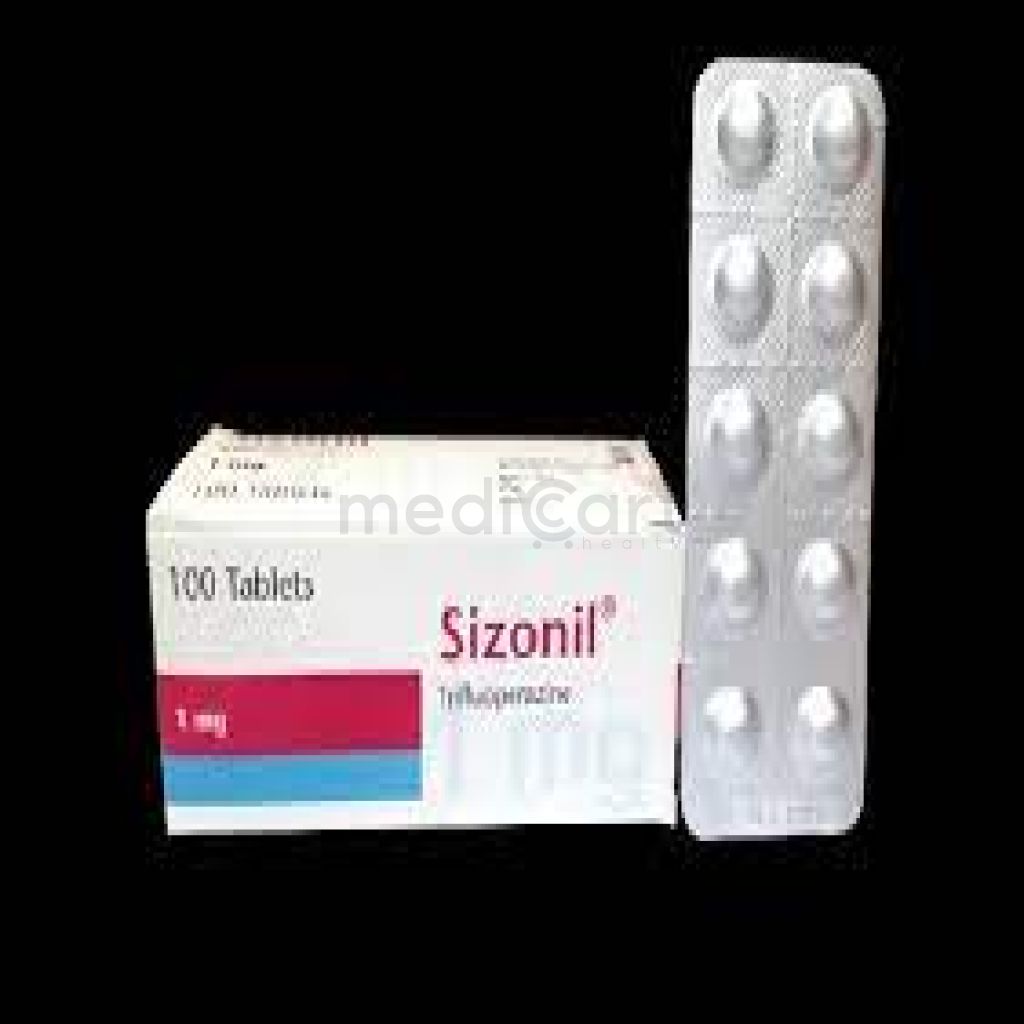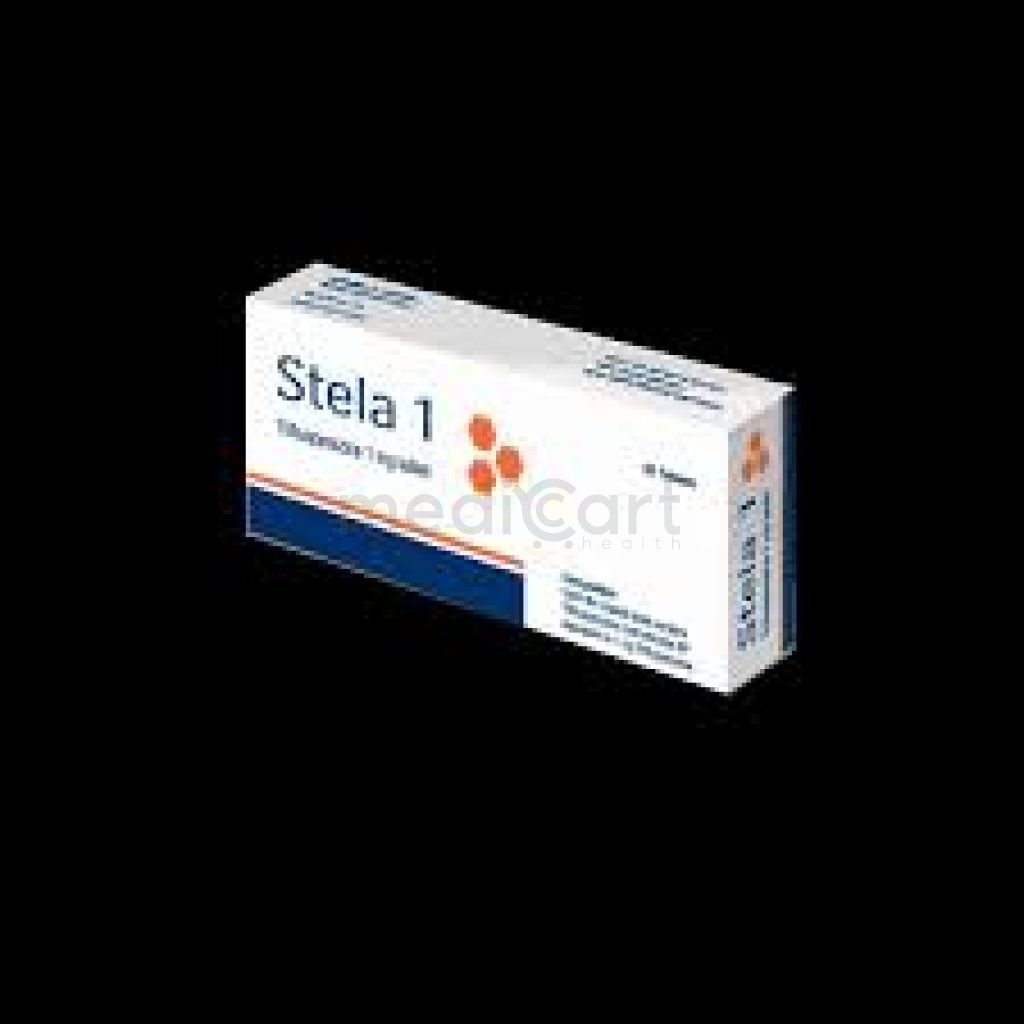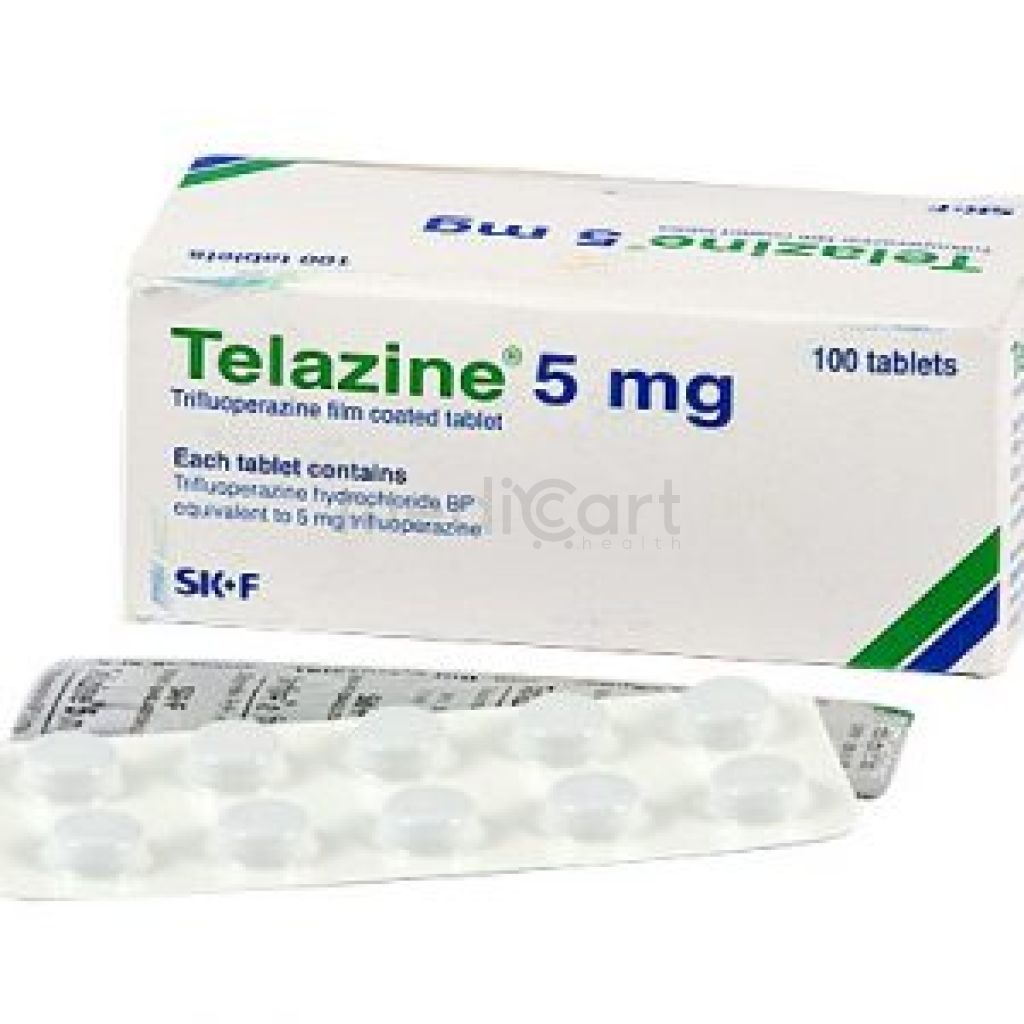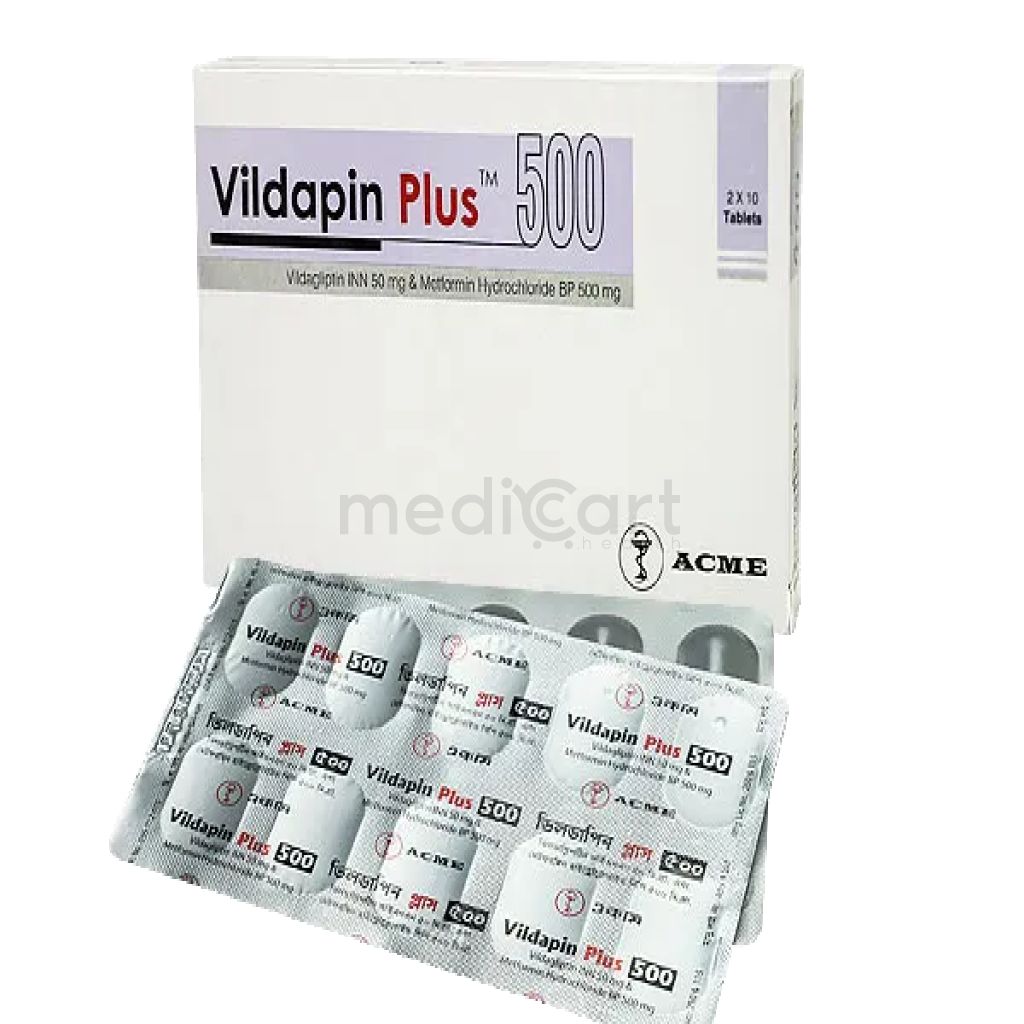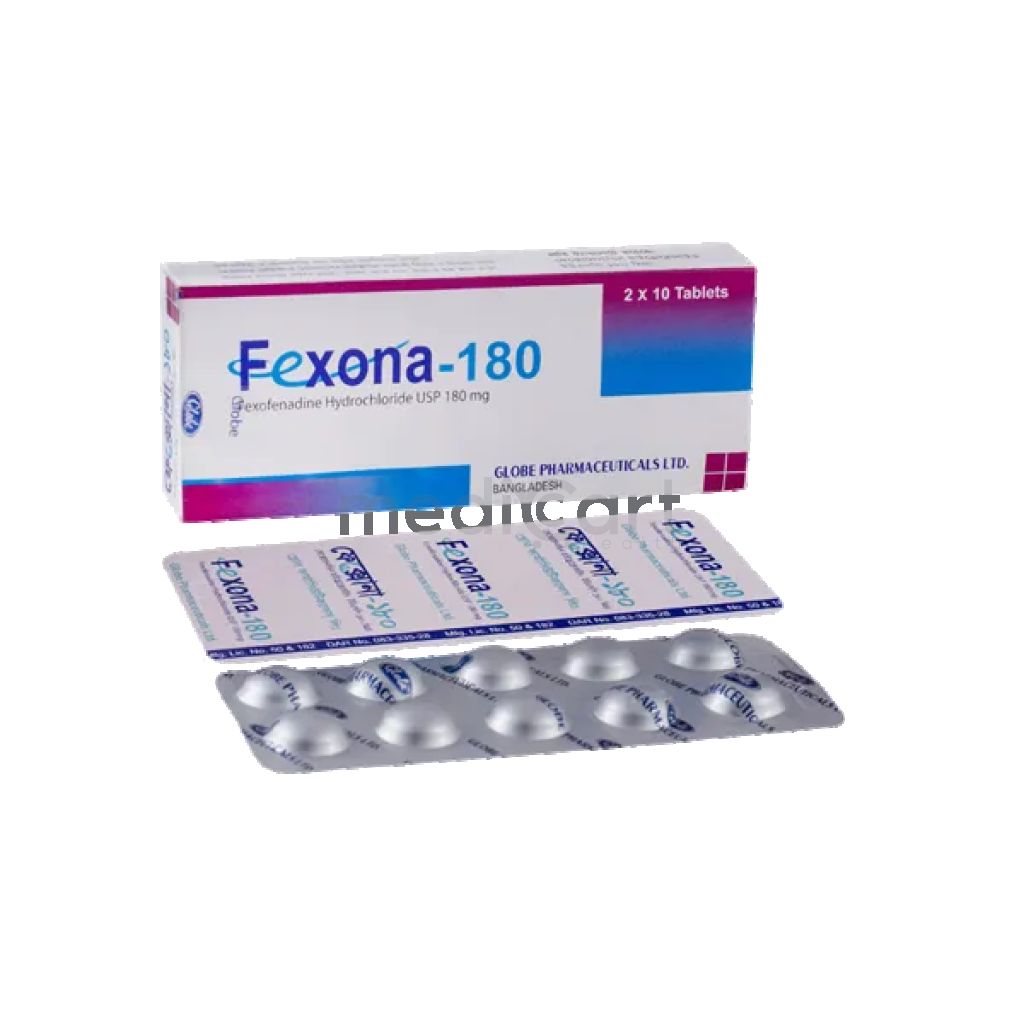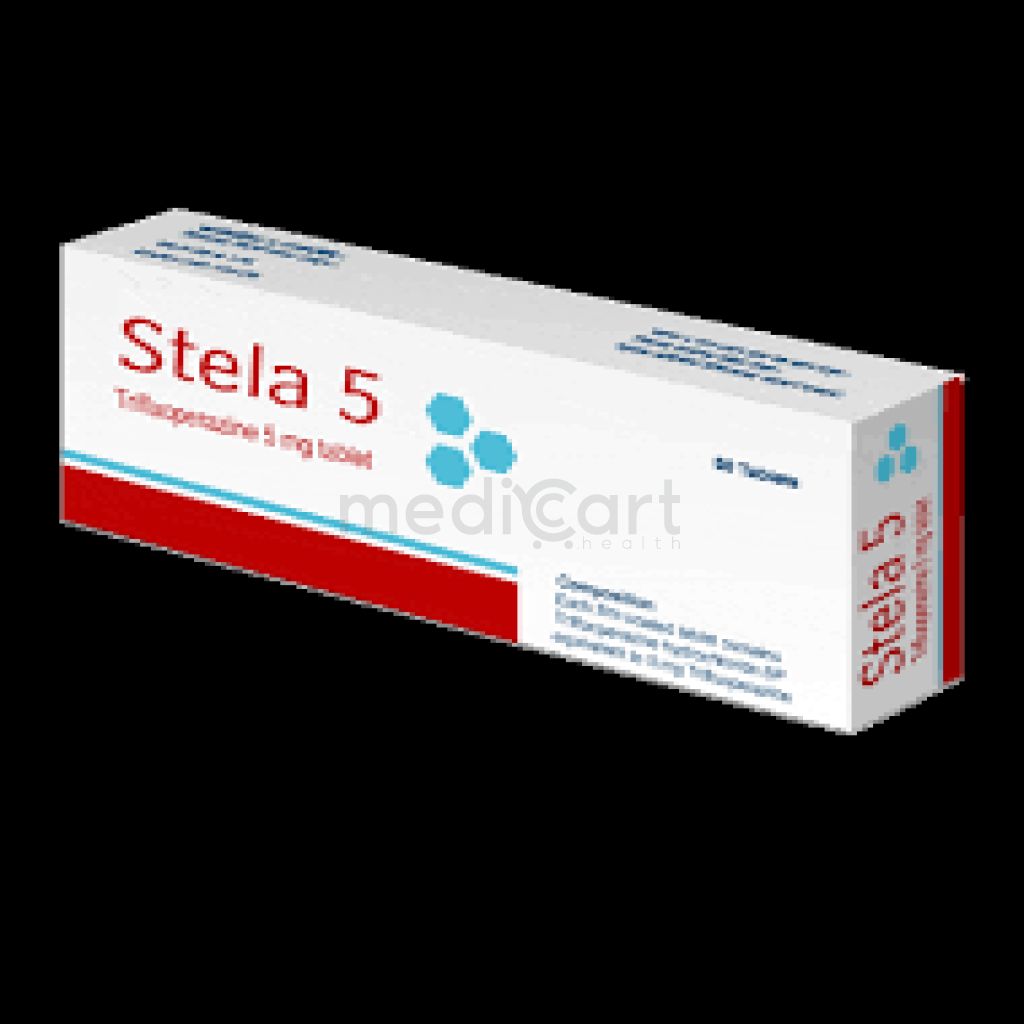

Stela 5 mg Tab
Tablet* Delivery will be done in Dhaka city only.
Alternative Product
More Information About - Stela 5 mg Tab
Description
Generic Name
Trifluoperazine
Precaution
Cardiovascular disease, epilepsy, angle-closure glaucoma, exposure to extreme temperatures, elderly, parkinson's disease, myasthenia gravis, benign prostatic hyperplasia, DM, renal amd hepatic impairment. Discontinue trifluoperazine at least 48 hr before myelography and do not resume for at least 24 hr after procedure. Do not use trifluoperazine in control of nausea and vomiting occurring either prior to myelography or postprocedure with metrizamide. Pregnancy.
Indication
Anxiety, Psychoses, Nausea and vomiting, Schizophrenia
Contra Indication
Preexisting CNS depression and coma; bone marrow depression, blood dyscrasias, liver disease, hypersensitivity to phenothiazines, prolactin dependent tumours. Pregnancy (1st trimester), lactation.
Dose
N/A
Side Effect
EPS (60%; muscle stiffness, dystonia, parkinsonism, tardive dyskinesia, akathisia), Drowsiness, dry mouth, blurred vision, dizziness, sedation, antimuscarinic affects, postural hypotension, akathisia, muscle weakness, anorexia, insomnia, rash, amenorrhoea, fatigue, increased prolactin levels. Potentially Fatal: Neuroleptic malignant syndrome, blood dyscrasias.
Pregnancy Category
Name : C
Description
Animal reproduction studies have shown an adverse effect on the fetus and there are no adequate and well-controlled studies in humans, but potential benefits may warrant use of the drug in pregnant women despite potential risksMode of Action
Trifluoperazine inhibits dopamine D2 receptors in the brain. It has weak anticholinergic and sedative effects but strong extrapyramidal and antiemetic effects. It controls severely disturbed, agitated or violent behaviour but may also be used for nonpsychotic anxiety.
Interaction
Increased CNS depression with CNS depressants such as opiates or other analgesics, barbiturates or other sedatives, general anaesthetics, or alcohol. Increased risk of side effects with drugs with antimuscarinic properties e.g. TCA, antiparkinsonian drugs. Antagonised effects of dopaminergic drugs such as levodopa. Increased risk of hypotension with antihypertensives, trazodone. Reverses antihypertensive effect of guanethidine. Increased risk of severe extrapyramidal side-effects or severe neurotoxicity with lithium. Possible decrease in absorption with antacids.
Pregnancy Category Note
Pregnancy Category: C Neonates exposed to antipsychotic drugs during the 3rd trimester of pregnancy are at risk for extrapyramidal and/or withdrawal symptoms following delivery These complications vary in severity; in some cases, symptoms have been self-limited, while in other cases neonates have required intensive care unit support and prolonged hospitalization Lactation: unknown
Adult Dose
Oral Psychoses, Schizophrenia Adult: Outpatient 1-2 mg PO q12hr Inpatient Initial: 2-5 mg PO q12hr Maintenance Dose: 15-20 mg/day Not to exceed 40mg/day Short-term management of anxiety Adult: 1-2 mg bid. Max: 6 mg daily. Max duration: 12 wk. Elderly: Initiate at lower dose and increase gradually.
Child Dose
Schizophrenia/Psychosis Inpatient <6 years: Safety and efficacy not established 6-12 years old: 1 mg PO qDay or q12hr; not to exceed 15 mg/day 12 years old: 2-5 mg PO q12hr
Renal Dose
N/A
Administration
Should be taken with food.
Disclaimer
The information provided herein are for informational purposes only and not intended to be a substitute for professional medical advice, diagnosis, or treatment. Please note that this information should not be treated as a replacement for physical medical consultation or advice. Great effort has been placed to provide accurate and comprehensive data. However, Medicart along with its authors and editors make no representations or warranties and specifically disclaim all liability for any medical information provided on the site. The absence of any information and/or warning to any drug shall not be considered and assumed as an implied assurance of the Company.

